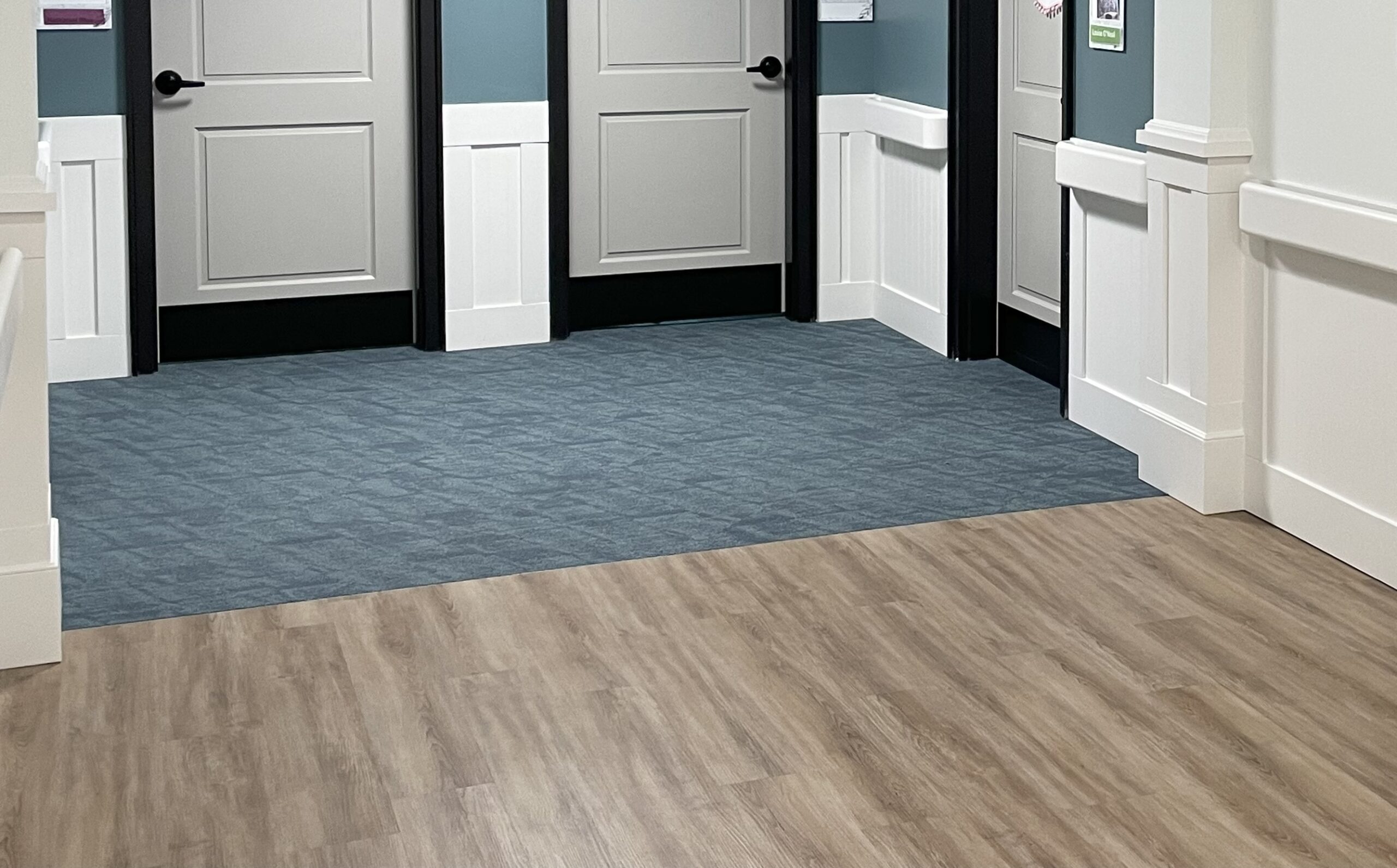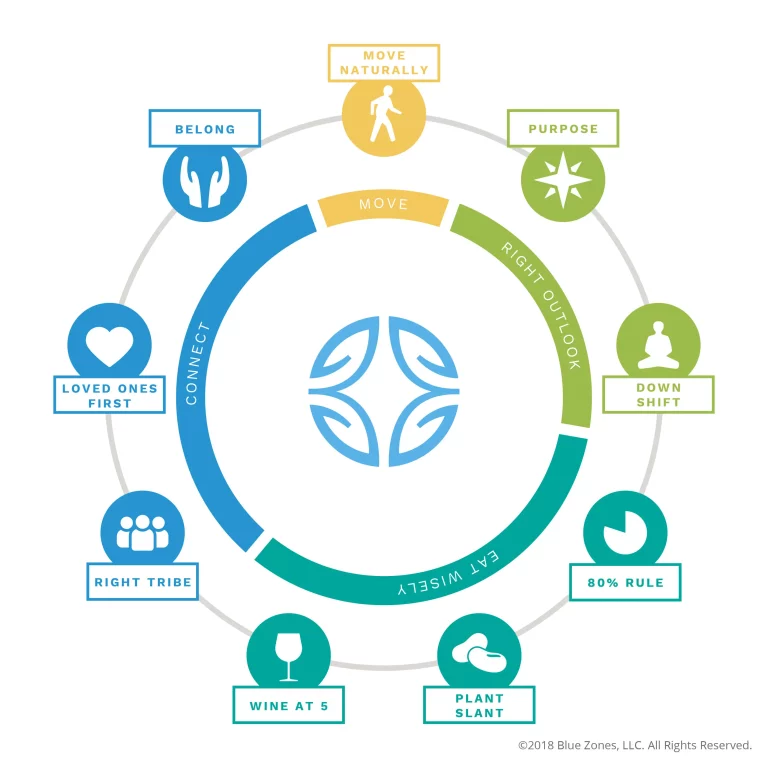The Supportive Home: Floor Surfaces
In this series, we’ll provide simple checklists with practical ideas for making your home more supportive for older adults and people living with dementia.
Floor Surfaces: Safety and hazard reduction
- Remove tripping hazards: Eliminate throw rugs, scatter rugs, and loose floor coverings, as they can be mistaken for obstacles.
- Ensure smooth transitions: There should be no raised edges or significant differences in height between adjoining flooring materials. Transition strips should match the tone of both surfaces.
- Install slip-resistant surfaces: In areas that may get wet, like bathrooms and kitchens, use a floor with a slip-resistant quality, especially when wet.
- DO ensure there is a tonal contrast between floors and walls. As well as floors and walls, objects, such as chairs and tables, should also contrast with the floor colour to ensure visibility, helping to prevent confusion and avoid the likelihood of trips and falls.
Flooring selection and design
- Avoid high-gloss and reflective surfaces: These can be mistaken for wet floors, leading to confusion and falls.
- Use a matte finish: This minimizes glare and improves visibility.
- Opt for simple, non-busy patterns: Avoid stripes, bold geometric designs, and anything that might appear to move or be a visual trap. Wood-grain patterns with subtle, non-contrasting flecks are preferable to busy or distracting ones.
- Limit tonal contrast within a room: Adjoining flooring surfaces should have similar LRVs (ideally within 10 points) to prevent confusion and trips.
- Use tonal contrast for wayfinding: A significant LRV difference (at least 30 points) between the floor and walls can help residents distinguish where one surface begins and the other ends.





